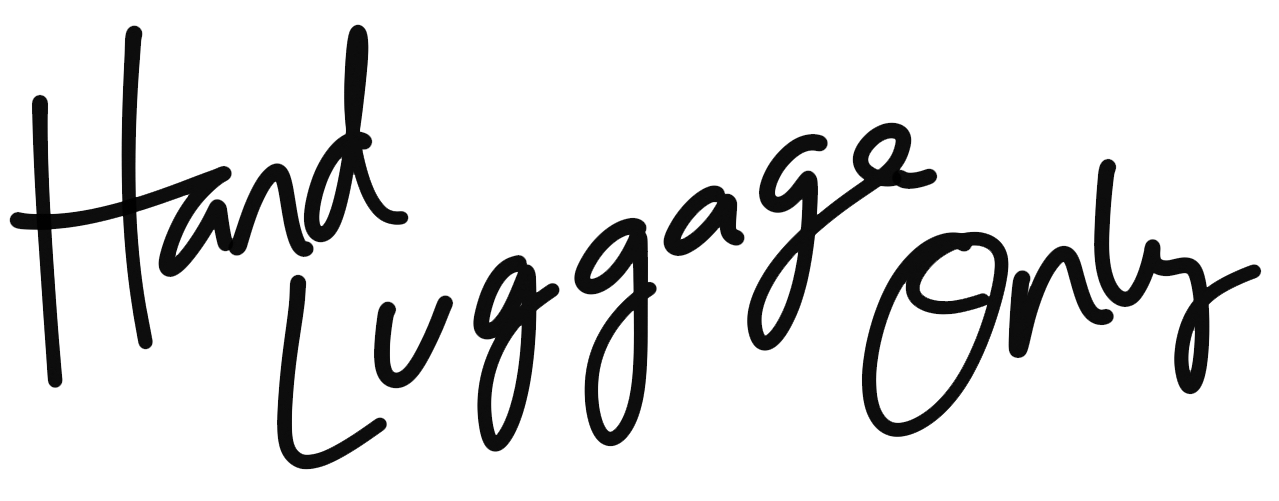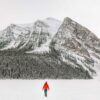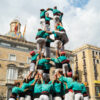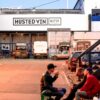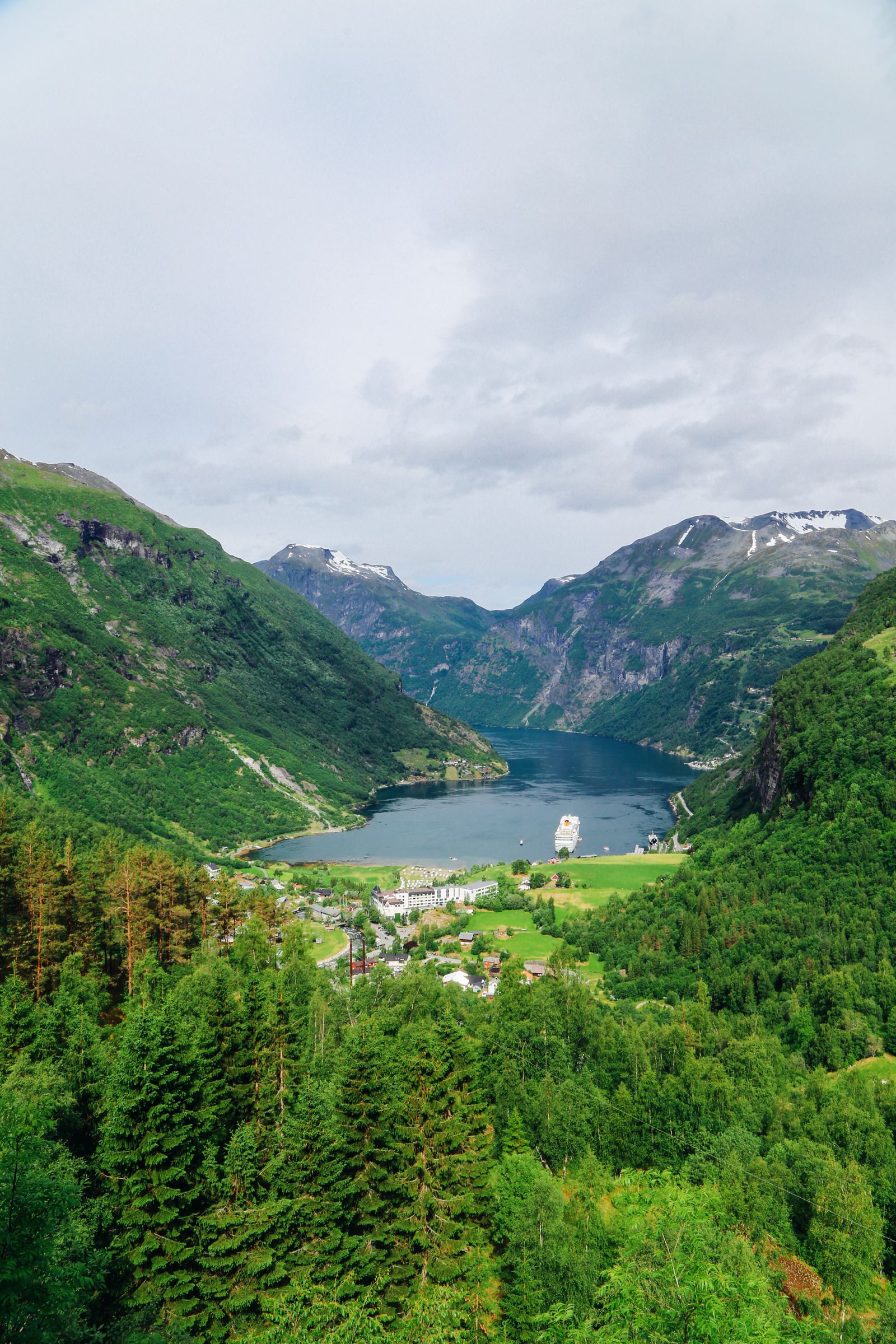You love photography, right? You snap lots of life’s memories to cherish, enjoy and share with friends and family but how do you ensure you’re capturing the ‘type’ of photos you want?
Thankfully, photography is subjective and very personal – one type of shot will work for certain situations (or people) but not in others, which is great… but also tricky!
Recently, we had a good old natter with our close friend, Robert Gershinson – who is one of those amazing professional photographers that has managed to make his hobby a career.
Robert took a moment out of his busy shooting schedule to help put together a guide to understanding the best ways we can all improve our photography skills and muster up that pro-photo beast that’s within each and every one of us!
Who is Robert Gershinson?
Robert is a London-based photographer and video director who has photographed a whos-who of musicians: Alice Cooper, Spandau Ballet, Florence + The Machine, Everything Everything, Foxes, The Treatment, Culture Club, Royal Blood, Vintage Trouble, Haitus Kaiyote and oh so many more.
He also blog and podcasts under the banner SHOOT FIRST TALK LATER.
Each guest sits for a portrait session, photographed by Robert. When not pointing his camera at people, he can usually be found at the cinema or burying his face in a variety of comics.
Take a look at some of his top suggestions below.
Things to consider before we start
The camera is merely a box that you let light into. The light travels down the lens, passes a shutter (more on that below) and hits a digital sensor that records an image.
Aperture (Av): The is the size of a hole (usually at the back of the lens), that allows light into the lens to hit the sensor. We measure the Aperture in f-stops. Take a look at this info-graph.
The smaller the f-number, the wider the hole – (yes it seems a little backwards) – so obviously, the wider the hole, the more light entering the lens. This is why your camera will call Aperture ‘Av’ – aperture value.
Aperture also controls the Depth Of Field (DOF)
DOF is essentially how much of the image is in focus. The wider the aperture (smaller f-stop number), the less of a DOF you have. So in the info-graph above, an f-stop of 1.4 means the background will be super blurry. And vice versa for a narrower (i.e. larger f-stop number) aperture.
Shutter Speed (Tv): So aperture controls how much light enters the lens, shutter speed controls how fast that light enters – this is why shutter speed is often known as ‘Time Value’, hence ‘Tv’ printed on your camera dial.
Watch this 20-second video:
This is what’s happening when the shutter button is pressed, the camera’s mirror lifts up and we can see the first shutter sitting over the lens, that shutter moves, exposing the sensor to however much light is coming into the lens (set by Av), very quickly the second shutter moves across the sensor, stopping any light hitting it.
If we break it down, the action is this:
– Shutter button pressed
– Mirror up
– The first shutter moves to allow light to hit the sensor. Pause
– The second shutter chases the first, covering the sensor, blocking light.
When we set the ‘shutter speed’ it is the pause we are controlling.
As you can see from the info-graph, shutter speed (or to be more specific the pause) can be either super quick (1, one-thousandth of a second) or really rather slow (half a second). My camera can actually allow me to make the shutter speed even slower and even faster.
To freeze super quick action, like someone running, without any blur, use a super quick shutter speed like 1/250 or 1/500. To capture something moving fast with blur, for example, a car going fast, use a slower shutter speed like 1/100 or 1/50. When using a slow shutter speed, you’ll want to mount your camera on a tripod.
A side effect is this. Using a fast shutter speed means less light is being allowed to hit the sensor, so you’ll want to compensate this by setting the aperture wider (smaller f-stop number). And when using a slow shutter speed (i.e, the sensor is exposed to light for longer), use a narrower shutter speed (larger f-stop number).
Understanding Av and Tv are the basics of photography. Play about, experiment to find your own style and remember, there are no right or wrong answers.
1.) Freeze using Shutter Speed
I took this image of The Water Tower, in Cardiff. In order to freeze the flow of the water that constantly streams down the tower, I used a shutter speed of 1/320. (How did I reach that number? I experimented with a few different speeds until I was happy with the results).
Because Tv controls how fast the light enters the camera, a fast shutter speed lets in less light than a slow shutter speed.
To compensate, I opened the aperture to f3.5 to increase the amount of light (so the image did not appear too dark) but without compromising the ‘freezing’ nature of the Tv.
I captured this image under a walkway at Cardiff Bay. Look at the wooden poles, there is a lack of detail – you cannot see the wood grain, just areas of solid featureless black. I do this often in my live concert images as it adds a certain level of drama. It totally works in travel photography too.
I used Adobe Lightroom (LR) to increase the amount of black and shadows in the image (see below).
On the ‘BLACKS’ and ‘SHADOWS’ options, I slid the arrow towards the lowest points and played around with the levels until I was happy with the image.
Find a great spot, frame up and …. wait for someone to walk by. Typically a shutter speed of 1/200 or 1/250 should be fine to stop people walking fast becoming a blur (unless you want that blur?)
4.) Crop
Don’t be afraid to use the crop tool to get rid of anything in the frame you don’t like and/or to make the image neater and more powerful. (‘Before image’ above & ‘after image’ below)
5.) Flat / Depth
For certain shots, I have a style that I call, ‘Flat / Depth’.
If we look at my photo of Roue de Paris below in a two-dimensional sense it looks rather flat. I’ll explain: The image has been framed so everything sits on various horizontal strips.
Along the bottom of the frame are the chairs and a few people dotted about. Above that is the pond, then some more people and trees and then the wheel and sky. In reality, you are actually looking at an area about 50m deep, but my framing makes the area seem reasonably flat. I often create images like this as I find it pretty pleasing.
To do this yourself, look out for patterns in the photos and perhaps even get down on your knees (or lower) to create that perspective.
6.) Understand story
All cities have a rich history with many stories to find. Understanding those stories and adding your own spin is a great way to create images. I shot this image at Berlin’s Holocaust Memorial. I spun around and noticed a woman looking like she had just stepped out of war-time Europe; black coat, headscarf – really timeless, a ghost from the past. I quickly raised my camera, filled the frame with those concrete slabs, and pressed the shutter. I managed one single frame before she was gone.
The image was quite eerie and speaks a lot about who the memorial is dedicated to.
7.) Use the Big Light in the Sky
Nine times out of ten, your travel photos will be taken using available light (i.e. you won’t be adding any flash) so use The Sun to your advantage.
You don’t always have to put your back to it, turn towards it a little and get some cool lens flare. Real lens flare is infinitely better looking than the fake stuff added in post.
8.) Ignore the truth
Is a photo of the truth?
Not really no – only a version of the truth. So with that in mind, get extreme. This statue base already had some graffiti sprayed on it so I went full comic book punk by using the Split Toning feature in Adobe Lightroom (See below).
The split toning feature allows you to add colour/tone individually to the highlight and shadows. For this image, I chose a pinky/red colour for the highlights and a blue-ish colour for the shadows.
9.) Achieve depth by shooting through things
Add depth to your frame by shooting through things. You’re showing a narrative and/or an environment with one single image, so do so by having multiple things in your shot but find a creative way to do it. This image is super symmetrical – I levelled it by eye on the day.
I used Split Toning to add some teal to the shadows and some light orange/slight tan to the highlights. I also dropped the blacks giving the image a very subtle cinematic look.
10.) Shallow Depth Of Field
Use a wide aperture to create a shallow DOF to highlight something in the frame.
The image above is f3.5 1/125. It was a particularly dull, overcast day in Barcelona when I visited so there wasn’t a super great amount of light to worry about flooding into my camera which could cause overexposure.
But if it had been a bright summers day, I definitely would have had to increase the speed of the shutter to above 1/250.
Using Split Toning, I added teal to the shadows and a very subtle orange to the highlights. I also dropped the blacks
Top tip
Check Out The Very Best Of Great Britain!


